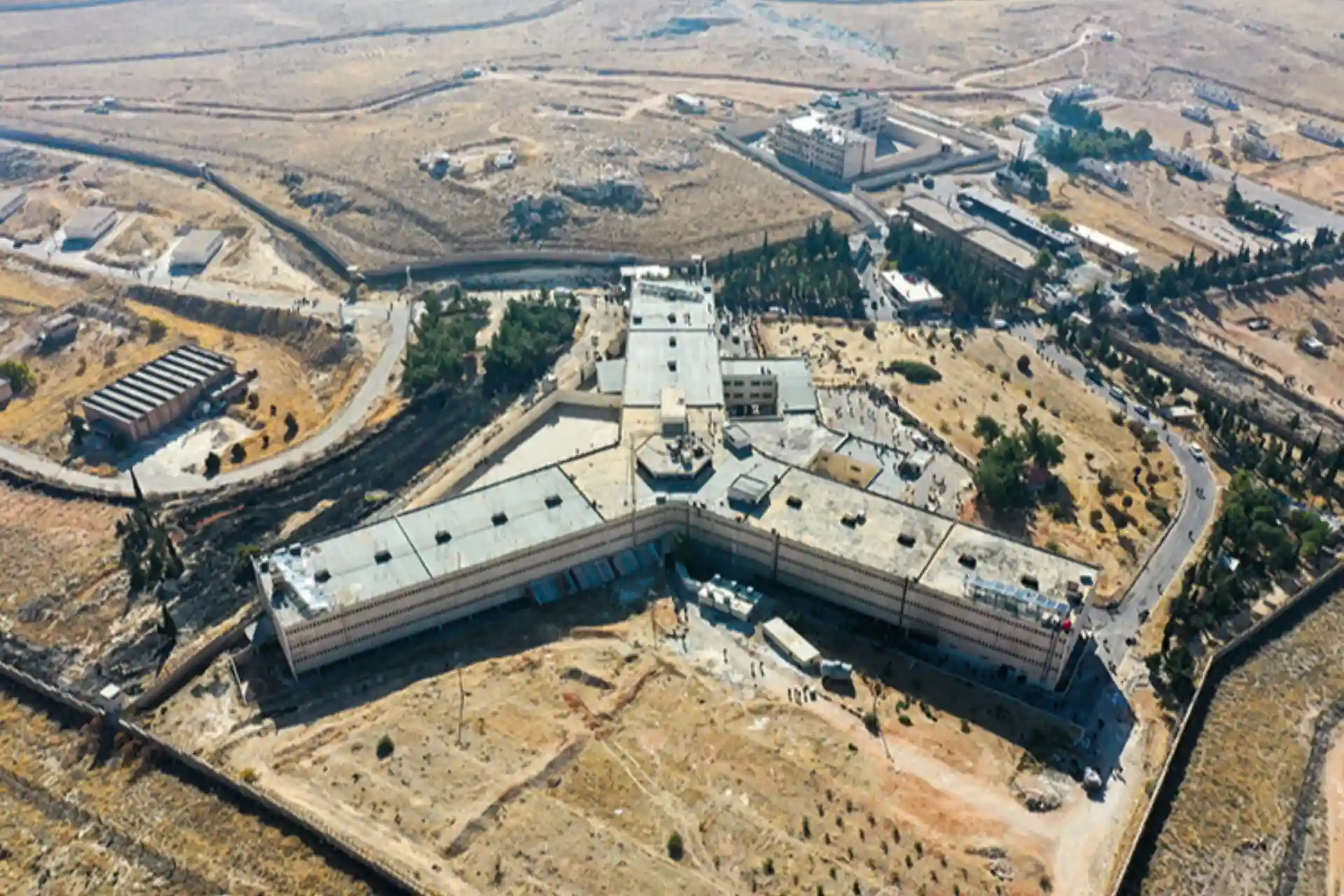10.12.2024 14:39
1465
All of the secret compartments in Syria's Sednaya prison were searched
The Syrian Civil Defense group, known as the "White Helmets", announced that all secret cells, basements, courtyards and surrounding areas of the Sednaya prison have been thoroughly searched, and the investigation has been completed as there are no open areas left.
Teams searching for inmates in secret cells at the Sednaya prison, a torture center of the ousted regime in Syria, have ended their searches because there is no space left unopened inside the facility. The Syrian Civil Defense group, known as the "White Helmets", announced this on its page X.
In the statement, it was noted that the expert teams conducted a comprehensive search of all departments, basements, yards and surrounding areas of the prison, adding that "During the search, no open or hidden places were found inside the institution."
The statement noted that the operations were carried out with the help of people familiar with the prison and its procedures, and that no evidence of uncovered secret cells or basements was found.
According to reports published by international organizations, it is noted that the Sednaya military prison, located 30 kilometers from Damascus and belonging to the Ministry of Defense of the fallen regime, became a base for keeping anti-regime protesters after the events of March 2011.
During the rule of the overthrown Baath regime in Syria, thousands of people were tortured in dozens of centers other than Sednaya prison. More than 50 of these centers have been established in almost all regions of the country.
According to the Syrian Network for Human Rights (SNHR), at least 1.2 million Syrians have been detained and tortured by the ousted regime forces during the civil war. According to the SNHR report, the Baath regime used 72 types of torture, including physical, mental and sexual abuse.
The regime's physical torture practices include pouring boiling water on various parts of the victim's body, suffocating the victim by immersing the victim's head in water, electrocuting the victim's body with an electric baton, sitting the victim naked on a metal chair and giving him an electric shock, burning a bag of glue and dripping it on his body, extinguishing a cigarette on his body. , burning the victim's fingers with a burner, inhumane methods were used, such as burning the skin by touching the heated metal to different parts of the body, dripping hot oil on the body, pouring flammable pesticides on the body and burning it.
Reports indicate that between 2011 and 2015, about 50 people were hanged every week, sometimes every two weeks.



